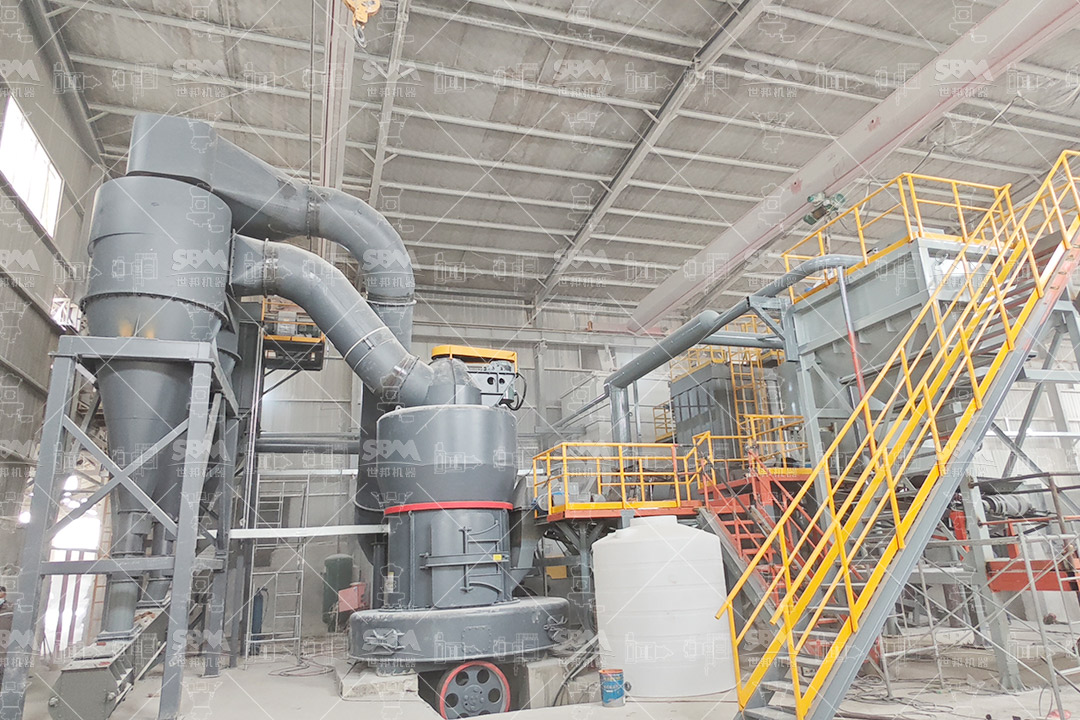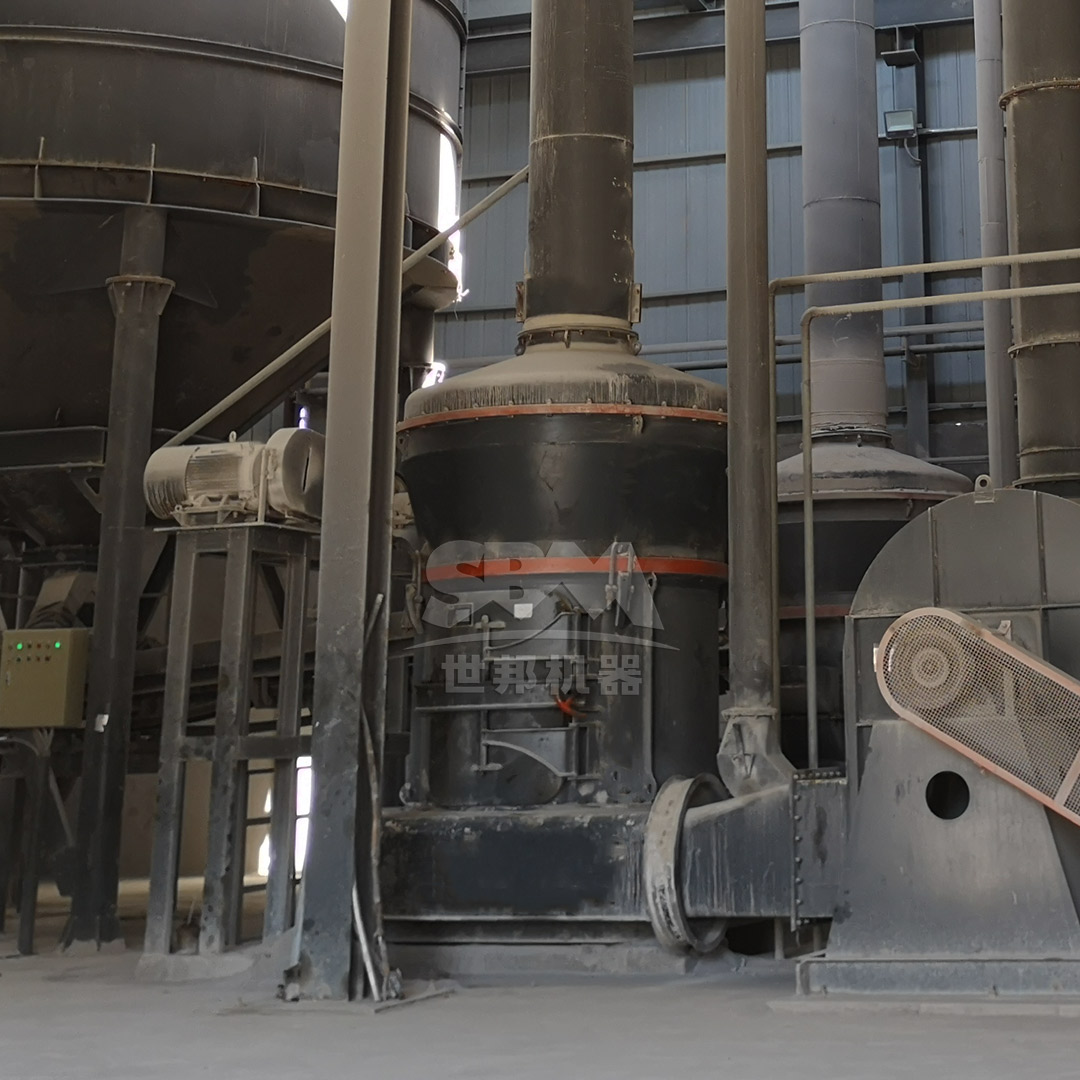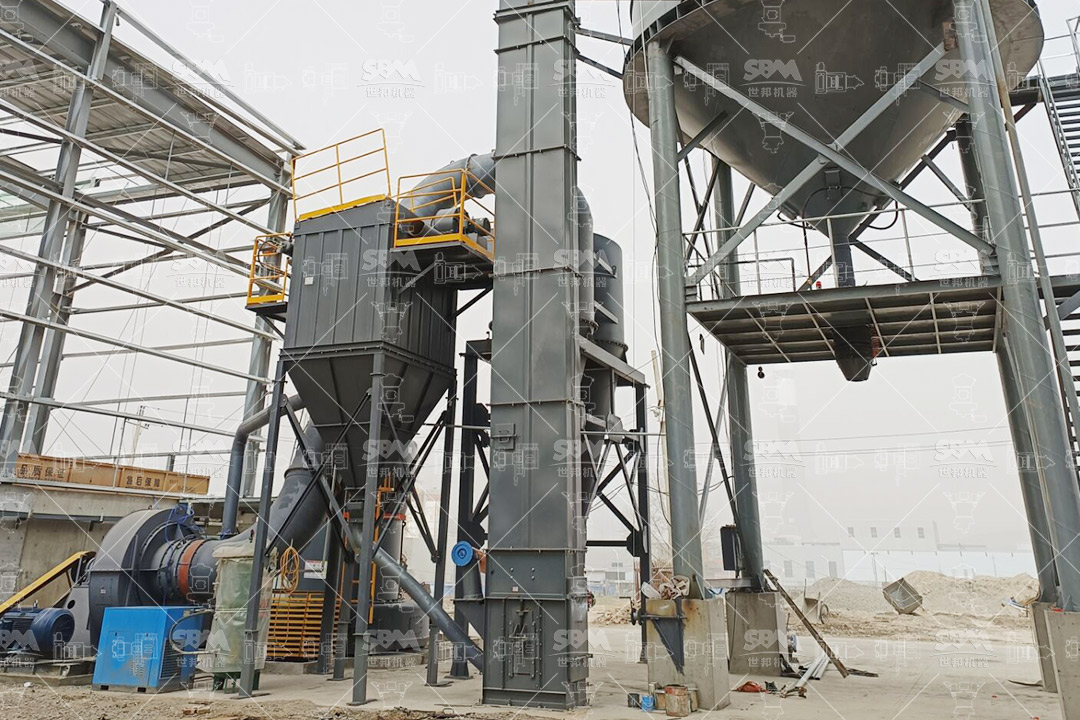Barite, or baryte, a mineral composed of barium sulfate (BaSO₄), is a critical raw material in various industries. Its high specific gravity (4.2-4.5) makes it indispensable for oil and gas drilling fluids, where it is used as a weighting agent to control well pressure. Beyond drilling, high-purity barite powder is essential in the chemical industry for barium compounds, in the medical field for radiopaque agents, and as a filler in paints, plastics, and rubber. The quality of the final barite product is heavily dependent on the grinding process, which must achieve precise particle size distribution (PSD) and high whiteness without contaminating the material. This necessitates grinding equipment that is not only efficient and precise but also cost-effective to operate and maintain.
The quest for affordable yet high-performance grinding solutions is a primary concern for manufacturers aiming to maintain competitiveness. An ideal barite mill must deliver consistent ultra-fine powder, handle the mineral’s moderate hardness (3-3.5 on the Mohs scale) efficiently, and keep operational costs—such as energy consumption and wear part replacement—to a minimum. This article explores the technological advancements in grinding mills that make high-quality barite powder manufacturing both achievable and economically viable.

Choosing the right mill for barite processing involves a careful analysis of several technical and economic factors. The goal is to find the perfect balance between performance and cost.
Energy costs often represent the largest portion of the operating expenses for a grinding plant. Traditional mills like ball mills or Raymond mills can be energy-intensive, especially when targeting fine and ultra-fine sizes. Modern mills employ advanced grinding principles, such as material-bed comminution and precision air classification, which significantly reduce specific energy consumption (kWh/ton) by minimizing over-grinding and directing energy directly to the particle size reduction process.
Different applications require different barite specifications. Drilling-grade barite typically needs to meet API standards, often requiring 97% of particles to pass through a 75μm (200-mesh) sieve. For higher-value applications like paints and pharmaceuticals, much finer grinds down to 5μm (2500-mesh) or less are necessary. The mill must offer precise control over the final product’s top cut and PSD to ensure consistency and meet customer specifications.
Barite, while not the hardest abrasive material, will cause wear to grinding components over time. The frequency and cost of replacing parts like rollers, rings, and liners are crucial for calculating the total cost of ownership. Mills designed with durable, wear-resistant materials (e.g., high-chromium iron, ceramic composites) and innovative structures that reduce metal-to-metal contact can dramatically extend service intervals and lower maintenance costs.
A modern grinding plant is more than just a mill; it’s an integrated system including feeding, grinding, classifying, and collecting. An efficient system ensures smooth material flow and high availability. Furthermore, environmental regulations mandate strict control over dust emissions and noise levels. Therefore, a mill with a tightly sealed housing and an integrated, high-efficiency pulse jet baghouse dust collector is no longer a luxury but a necessity.
The market offers a range of grinding solutions, but two standout technologies combine the necessary performance with remarkable affordability for barite processing: Ultrafine Mills and European-Type Trapezium Mills.
For manufacturers targeting the high-purity, ultra-fine barite market, the SCM Series Ultrafine Mill represents a pinnacle of efficiency and precision. This mill is engineered to produce powders between 325 and 2500 mesh (45-5μm), making it ideal for the most demanding applications in chemicals and coatings.
Technical Advantages for Barite:
| Model | Grinding Capacity (t/h) | Main Motor Power (kW) | Finished Fineness (mesh) |
|---|---|---|---|
| SCM800 | 0.5 – 4.5 | 75 | 325-2500 |
| SCM900 | 0.8 – 6.5 | 90 | 325-2500 |
| SCM1000 | 1.0 – 8.5 | 132 | 325-2500 |
| SCM1250 | 2.5 – 14 | 185 | 325-2500 |
| SCM1680 | 5.0 – 25 | 315 | 325-2500 |
How it Works: The mill’s operation begins with the main motor driving the central shaft, causing the grinding rollers to rotate within the grinding ring. Barite feed material is conveyed into the grinding chamber, where it is shoveled by a blade and crushed between the rollers and the ring. The crushed material is then blown up by an air stream to the classifier. Coarse particles are rejected and fall back for regrinding, while fine powder that meets the fineness requirement passes through the classifier and is collected by the cyclone and baghouse system.

For large-scale production of drilling-grade barite (typically 200-mesh), the MTW Series European Trapezium Mill is an unbeatable combination of reliability, high capacity, and low operating costs. It is designed to handle larger feed sizes (up to 50mm) and produce powder from 30 to 325 mesh.
Technical Advantages for Barite:
| Model | Grinding Capacity (t/h) | Main Motor Power (kW) | Finished Fineness (mesh) |
|---|---|---|---|
| MTW110 | 3 – 9 | 55 | 30-325 |
| MTW138Z | 6 – 17 | 90 | 30-325 |
| MTW175G | 9.5 – 25 | 160 | 30-325 |
| MTW215G | 15 – 45 | 280 | 30-325 |
The manufacturing of high-quality barite powder does not have to be a cost-prohibitive endeavor. By moving away from outdated, inefficient milling technology and adopting advanced solutions like the SCM Ultrafine Mill and the MTW European Trapezium Mill, producers can achieve significant gains in productivity, product quality, and environmental compliance, all while reducing their operating and maintenance expenses.
The SCM Mill is the definitive choice for producers aiming at the high-value, ultra-fine barite markets, offering unparalleled fineness control and energy efficiency. Conversely, the MTW Mill is the workhorse for high-volume production of API-grade barite, prized for its robustness, massive capacity, and low cost per ton. Evaluating your specific production goals, target market, and total cost of ownership will guide you toward the optimal investment, ensuring your barite grinding operation is both affordable and capable of producing superior quality powder for years to come.
